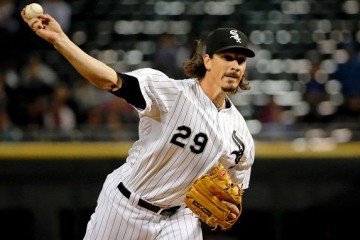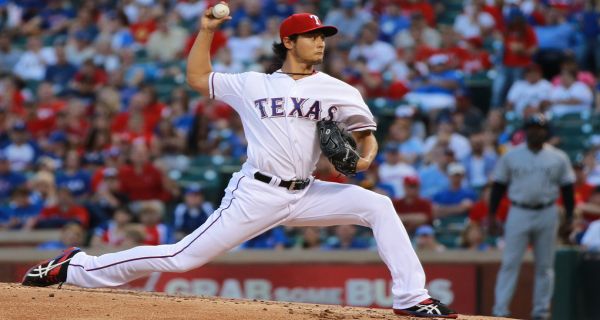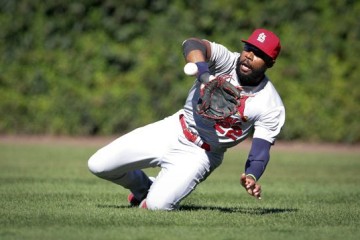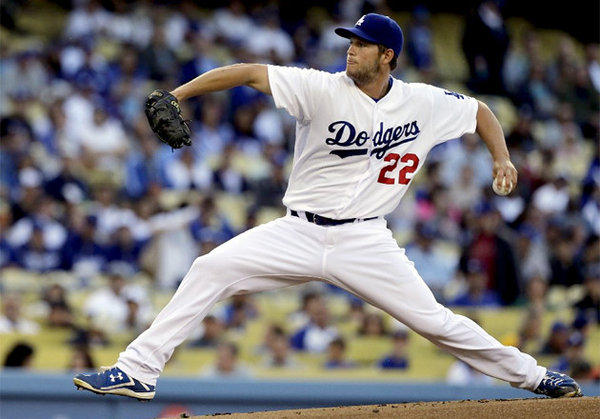2014 Fantasy Baseball: Second Tier AL Starting Pitchers
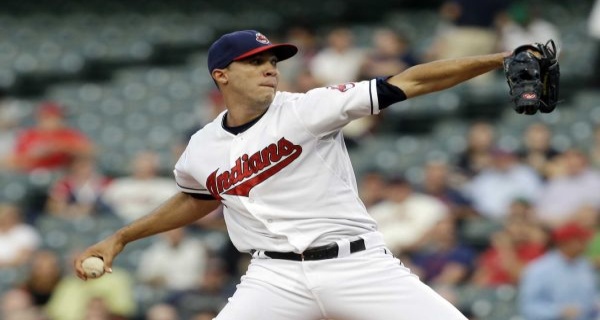
The second tier list in the National League was a mixed bag. We saw a cross between pitchers that some people would think would be tier one guys and guys that some people thought would be tier three guys. So, going through both lists was fun just to see what big names might fall out either way. Tier two pitchers are pitchers that finished with a fair run average (FRA) between 4.00 and 4.50. FRA is a Baseball Prospectus metric that attempts to pinpoint what a pitcher’s ERA would be with a neutral home ballpark and neutral fielding behind him.
As we have noted throughout the series, the goal was to see what characteristics that tier one, tier two, and tier three pitchers had in common. Therefore, instead of combing through big names, one could look at the characteristics and identify sleepers that way. What we have found so far is that strikeouts and walks are the two primary statistics that seem to drive the separation between the three tiers. Surprisingly, batted ball numbers have not entered into the equation yet.
For those just joining us, we looked at starters currently slated to be starters in the American League that pitched 100 or more innings last year. Of the 75 projected starters, 53 such starters met the criteria last season. The rest include pitchers that were either injured last season, came up later in the year and pitched fewer than 100 innings, or are making their debuts this season.
|
Pitchers |
GS |
INN |
FRA |
GB% |
SO/9 |
BB/9 |
|
| Tier One |
14 |
28.8 |
187.9 |
3.61 |
45.1 |
8.8 |
2.6 |
| Tier Two |
23 |
26.5 |
165.5 |
4.21 |
45.2 |
7.4 |
3.0 |
| Tier Three |
16 |
28.0 |
177.1 |
4.94 |
45.3 |
6.2 |
2.7 |
As we noted last time, the differences in groundball rates is negligible. This is significant because a number of teams are searching for pitchers with high groundball rates. This isn’t to say those teams are wrong, but groundball pitchers are not inherently more successful than fly ball pitchers. They will be if the team they are going to has a strong defensive infield. Obviously, there are also some home ballparks where it is more advantageous to have a groundball pitcher. Yet, those pitchers have to be dealt with on a case by case basis. The predominant factor to consider is the strikeout rate of the pitcher.
Hishasi Iwakuma—Seattle Mariners
ERA: 2.66 SO/9: 7.6
FRA: 4.03 BB/9: 1.7
INN: 219.7 BABIP: .252
GB: 50% LOB%: 81.9
This is one of the more extreme cases you will find between ERA and FRA. Iwakuma is on the shelf, but you could see the wheels spinning in Seattle when they signed Robinson Cano. They were thinking they already had two staff aces in Iwakuma and King Felix. They had two good young arms coming up in James Paxton and Taijuan Walker and all they needed to do was add that big bat to be a contender. Well, Iwakuma is hurt, but even if he were healthy he likely would not be turning in the kind of season he did last year.
Justin Masterson—Cleveland Indians
ERA: 3.45 SO/9: 9.1
FRA: 4.27 BB/9: 3.5
INN: 193.0 BABIP: .285
GB%: 60% LOB%: 75.4
Pitchers like Masterson make me nervous. I don’t know how much has to do with him per se, but when a pitcher has extreme rates like his 60 percent ground ball rate, it does make you stand up and take notice. Those extreme rates have remained fairly consistent in his career, but everything else seems to be in chaos. His ERAs fluctuate between the low threes and high fours. The BABIPs and LOBs are fluctuating as well. I think what is more alarming is the fact that his K rate had surpassed seven per nine innings only once before last season. Add it all up and who knows what direction Masterson goes this season.
James Shields—Kansas City Royals
ERA: 3.15 SO/9: 7.7
FRA: 4.02 BB/9: 2.7
INN: 228.7 BABIP: .298
GB$: 43% LOB%: 79.5%
Everyone gave Dayton Moore the business last season, but all three of his gambles (James Shields, Ervin Sanatana, and Jeremy Guthrie) worked out last season. Moore even gets an extra first rounder for Santana. The problem is that gambles rarely ever work out the second year and Shields, as good as he is, is still a gamble. The left on base percentage points towards regression. In this case, Shields will likely turn back into a number two or three starter this year. That’s not bad, but the Royals are counting on him to be more.
Ubaldo Jimenez—Baltimore Orioles
ERA: 3.30 SO/9: 9.6
FRA: 4.01 BB/9: 3.9
INN: 182.7 BABIP: .304
GB%: 45% LOB%: 76.5%
Oh temptress, thy name is Ubaldo. Like many of you, I fell for this one this year. No, I didn’t pick him as if he was a fantasy stud, but when I saw him slipping in my drafts, I picked him up because the rewards seemed so great. It’s early, but those control problems seem to be rearing their ugly heads. Funny, but the Indians figured this out and let him go in exchange for the first round pick. The Orioles thought the same thing as many of us when they picked him up. The money is relatively reasonable given the possibility of greatness, but the lack of command can be scary at times.
Jon Lester—Boston Red Sox
ERA: 3.75 SO/9: 7.5
FRA: 4.03 BB/9: 2.8
INN: 213.3 BABIP: .300
GB: 46% LOB%: 73.7%
The circle of life applies to baseball as well. The Red Sox struggled because they made some bad decisions. They won the World Series last season because of some luck, but mainly because they started making good decisions. Now, they have to face tough questions like whether they should give Jon Lester a big extension. Count me out on that one. Also count me out on treating Jon Lester as anything more than an average fantasy starter. Yes, he enjoyed success last season, but signs point to regression and regression in his case makes him mediocre.


